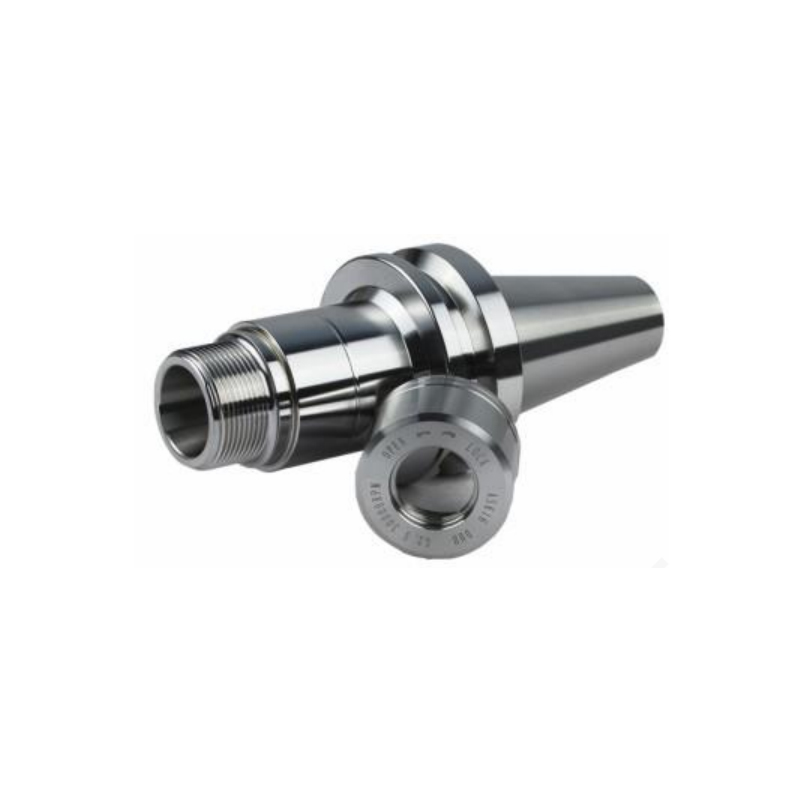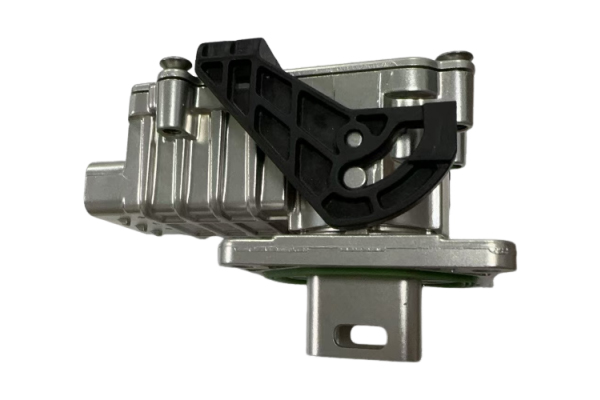When it comes to long distance freight movement, cost-efficiency plays a crucial role in determining the success and profitability of businesses. In this blog post, we will explore various options available for long distance freight movement and identify the cheapest option that meets both budgetary constraints and quality standards. By considering factors such as transportation mode, distance, and industry-specific requirements, we can uncover the most economical solution for your freight needs.
- Road Transportation:
Road transportation is often the go-to option for long distance freight movement due to its accessibility and flexibility. However, it may not always be the cheapest option, especially for extensive distances. Factors such as fuel costs, tolls, and maintenance expenses can significantly impact the overall cost. Additionally, road transportation is subject to traffic congestion and delays, which can further increase expenses. - Rail Transportation:
Rail transportation offers a cost-effective alternative for long distance freight movement, particularly for bulk shipments. Railways have the advantage of economies of scale, allowing for larger cargo volumes at lower costs per unit. Moreover, rail transportation is more fuel-efficient compared to road transportation, reducing operational expenses. However, rail networks may not be as extensive as road networks, limiting accessibility to certain locations. - Water Transportation:
Water transportation, particularly through container ships or barges, is renowned for its cost-effectiveness in long distance freight movement. With the ability to carry massive cargo volumes, water transportation offers economies of scale similar to rail transportation. Additionally, it has lower fuel consumption per ton-mile compared to road or air transportation. However, water transportation is relatively slower and may not be suitable for time-sensitive shipments. - Air Transportation:
While air transportation is often associated with high costs, it can be the cheapest option for certain long distance freight movements. For urgent or perishable goods, air transportation ensures swift delivery, reducing inventory holding costs and potential losses. Additionally, advancements in air cargo technology have led to increased efficiency and reduced costs. However, air transportation is generally more expensive for bulk or heavy shipments.
Conclusion:
After considering various factors such as transportation mode, distance, and industry-specific requirements, it is evident that the cheapest option for long distance freight movement depends on the specific circumstances. Rail transportation and water transportation often offer the most cost-effective solutions for bulk shipments, while road transportation and air transportation may be more suitable for time-sensitive or specialized cargo. By carefully analyzing your freight needs and considering the associated costs, you can make an informed decision to optimize your supply chain and maximize cost-efficiency.


